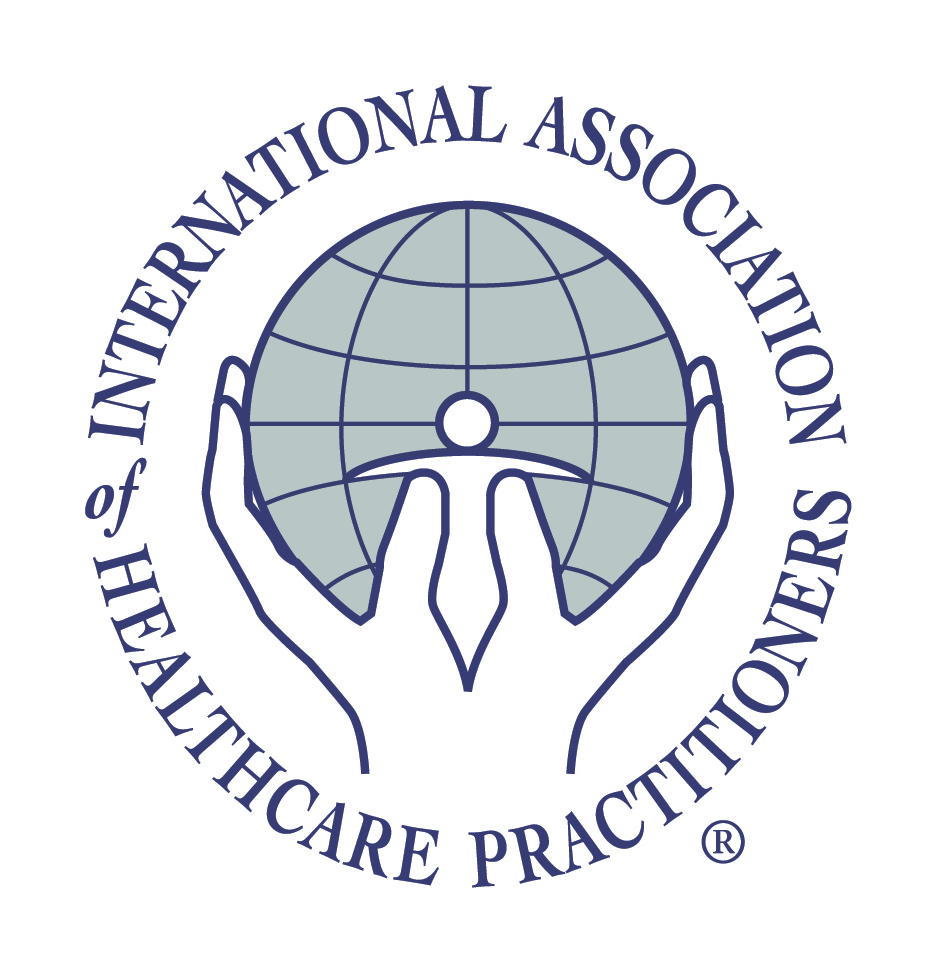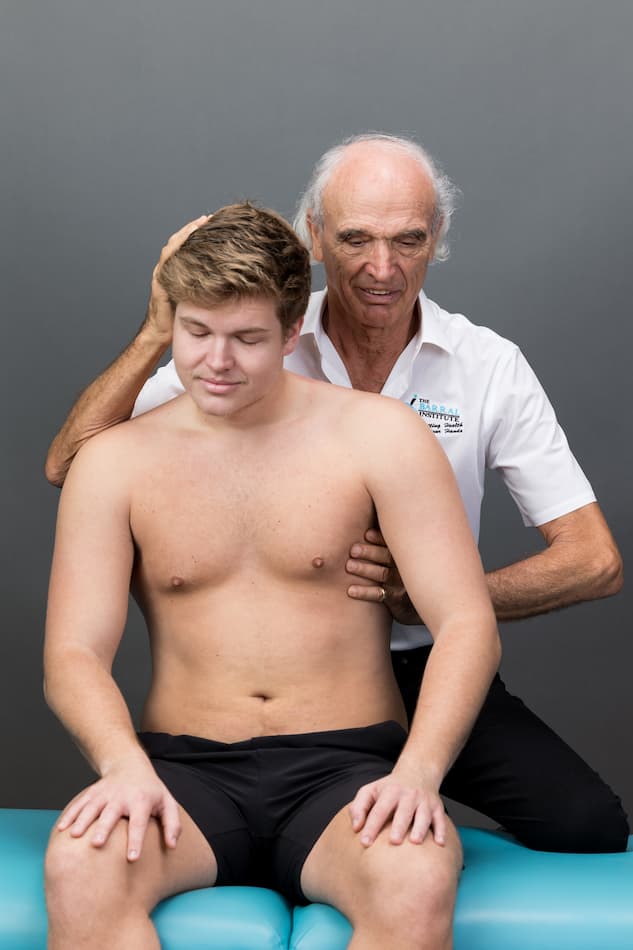
The brain has always fascinated the medical community and scientists. The various investigative tools of the brain have made exceptional progress. For example, functional MRI can highlight not only structural, but also functional problems. Even so, the brain has remained a mystery despite all the research for which it has been a subject.
Jean-Pierre Barral has been interested in the brain for over forty years. After treating many people with head trauma, stroke, brain diseases, and psychomotor disabilities, he has developed original techniques to help these patients. Barral demonstrates how to work simply with what is considered the most complex organ of the human body—the brain. He addresses the brain and its associated nervous and vascular connections as the 'content' of the human head, which, characterized by its bony and membranous enclosure, is regarded as the 'container.'
Comparative studies found Barral Manual Approach to the Brain beneficial for people with various conditions such as:
Central Nervous System Challenges
Stroke
Ictus
Parkinson's disease
Alzheimer's disease
Multiple Sclerosis
Dysfunctions of Sensory Organs from Physical Trauma leading to Challenges with Smelling, Hearing or Sight
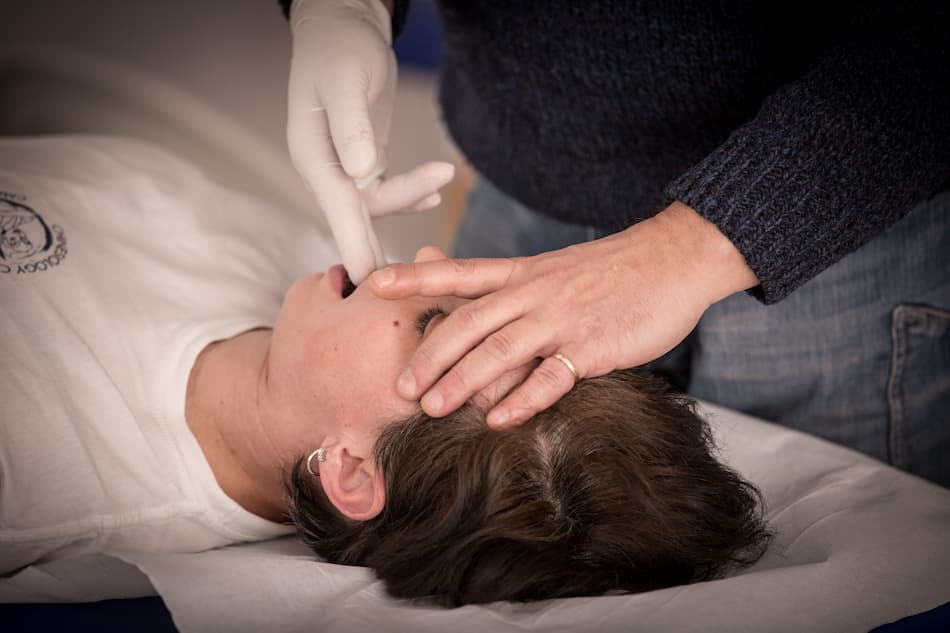
Barral's Manual Approach to the Brain is organized into two parts—a structural approach and a functional approach:
- The structural approach is aimed at the vascular, nervous, meningeal, ocular, barometric, and cerebrospinal fluid circulation systems.
- The functional approach explores the sense of smell, hearing, sight, language, coordination, proprioception, emotions, etc.
Because the brain is inherently plastic, manual therapy approach has been shown to help restore 'inner bridges' within the brain, which is vital to the life of those facing difficulties.
In short, the principle underlying this work is the striking of a balance between the ease of minimum manual effort and the finesse of maximum manual precision.
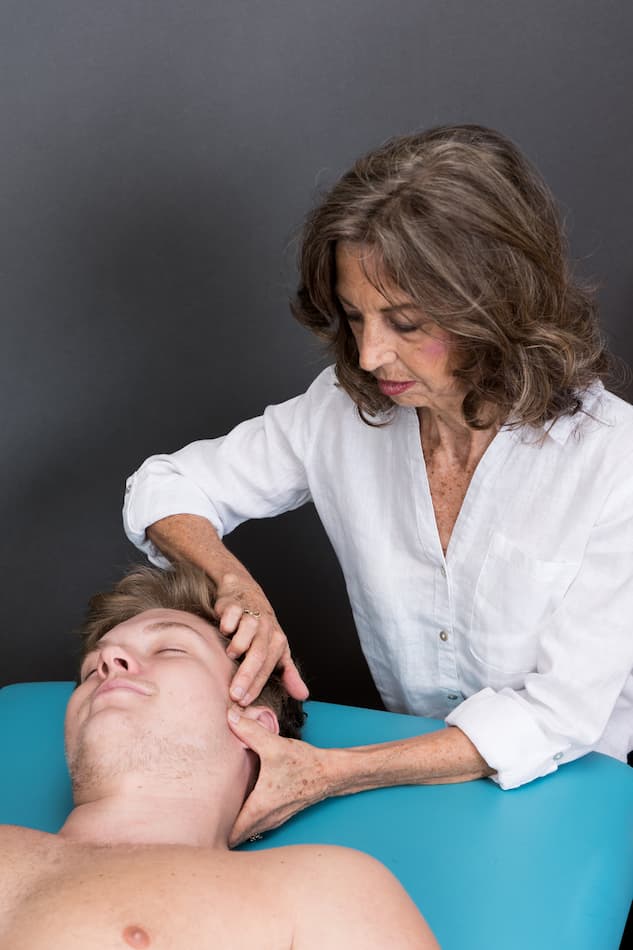
Frequently Asked Questions
Barral Manual Therapies look at the whole person. During the evaluation process, after restrictions or areas of immobility are identified, the related tissues released through precise treatment. The type of treatment depends upon where the restrictions are found. For example, if the liver is restricted, the treatment would include Visceral Manipulation. If the sciatic nerve is restricted, then Neural Manipulation would be a focus. And if the carotid artery is restricted, the treatment would involve Visceral Vascular Manipulation. This is why Jean-Pierre Barral has developed integrative manual therapies that work together to support the overall well-being of a person. Right shoulder pain and limited shoulder joint motion could be caused by liver restriction, or tension in the supraspinatus, infraspinatus and anterior shoulder capsule, or also tension in the right phrenic nerve to the respiratory diaphragm.
Learn the facts about Barral Institute Therapies. Discover our Manual Therapy Techniques and their benefits. This flyer is informative for your clients. Click here
This is not an exhaustive list of contraindications. We trust that each practitioner will study the work further to understand indications and contraindications in relation to working with clients with Manual Approach to the Brain.
Occasionally patients consult for out-of-the-ordinary headaches that are sometimes accompanied by neck pain and other specific signs that urge us to be cautious and to refer them to their physician for medical workup. Such signs are usually suggestive of a brain tumor or stroke. The following are contraindications for manual approach to the brain:
- unusual headaches that arise nocturnally or at dawn;
- sensory signs such as numbness or hyposensitivity of one or more limbs and the face;
- sagging in one part of the face, eye, or mouth;
- loss of vision or blindness in half the visual field, i.e.: one eye (hemianopsia),double vision (diplopia), or recent strabismus;
- labored speech and difficulty articulating words (dysarthria);
- difficulty reading and writing;
- confusion and short mental absences;
- trouble with balance and alertness;
- small tremors;
- hiccups that can be due to brainstem damage;
- muscle atrophy and areflexia.
Prior to applying manual therapy around the eyes with a client, it is important to discuss possible contraindications such as hard contact lenses, diabetes, direct trauma of the eye, and child myopia.
As each person’s situation is different, the number of visits will vary. Many people experience significant improvement within three to five therapy sessions; others may require additional treatment. You and your practitioner will develop a plan based on your needs and how your body responds to treatment.
Manual Therapy Approach to the Brain; Volume 1 Textbook
The
course is organized into two parts—a structural approach and a functional
approach.
The
material assists manual therapy practitioners to view systemic diseases in a
new light. This includes discussions about such conditions as Parkinson’s
disease, Alzheimer’s disease, and Multiple Sclerosis. Such pathologies and the
limitations of manual therapy with regards to helping people with these
conditions will be discussed, as well as how a manual approach to the brain may
transcend these limitations and help alleviate symptoms that people are
experiencing due to these diseases. Barral shares how precise manual therapy
may encourage the central nervous system to self-repair and thus may help
people with certain conditions. The practitioner will also learn ways to help
people who have had a stroke or ictus.
To find a Therapist, visit iahp.com
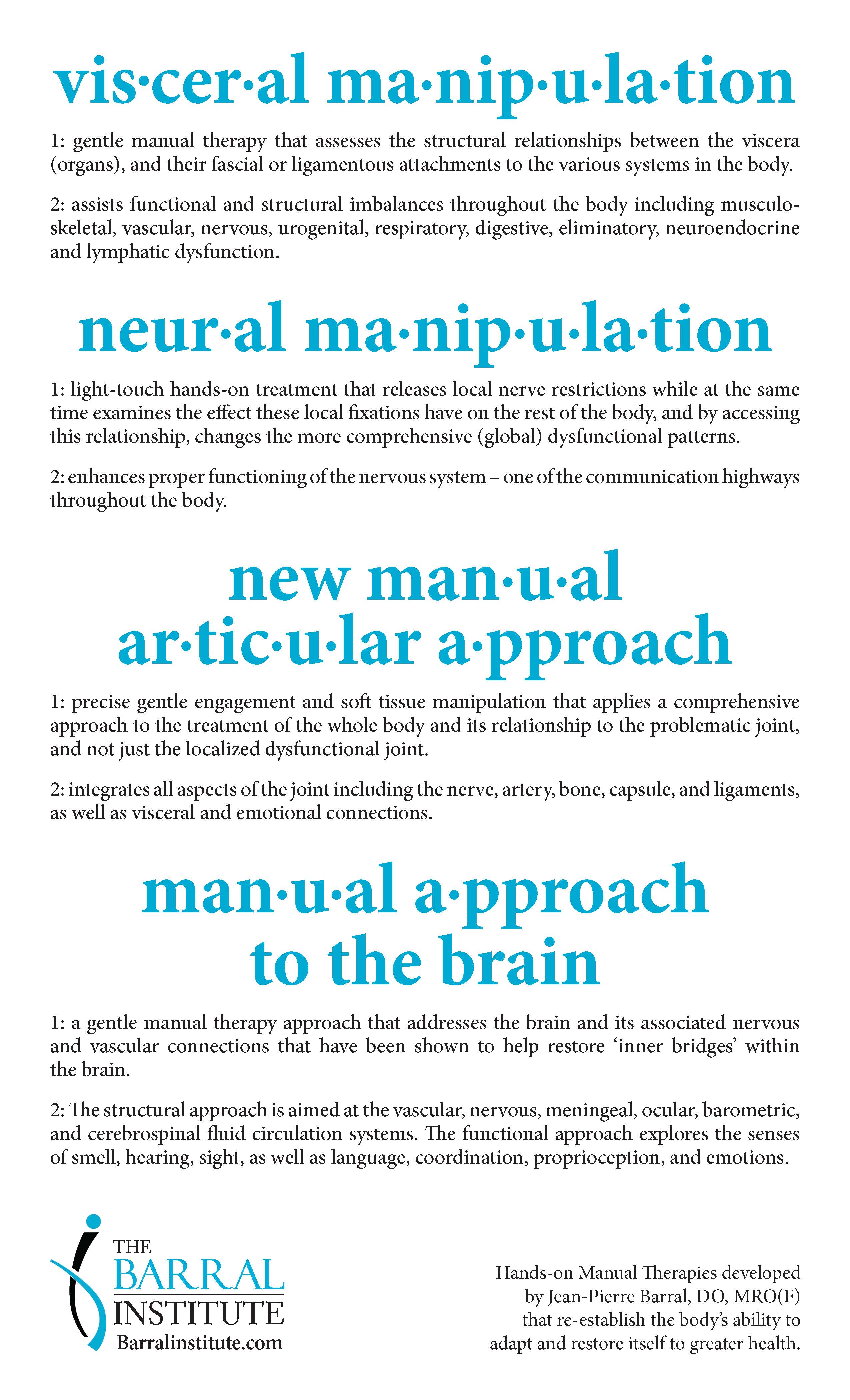
Definition Poster
Available for free downloading and printing!
- Excellent visual for your clinic,
- Share in your enewsletters for your clients.
- Flyer to pass out.
Share the jpg file on your Facebook page to help spread the word!
Contact Us
Ready to learn about becoming a certified Barral practitioner?
Contact us today to get started.
